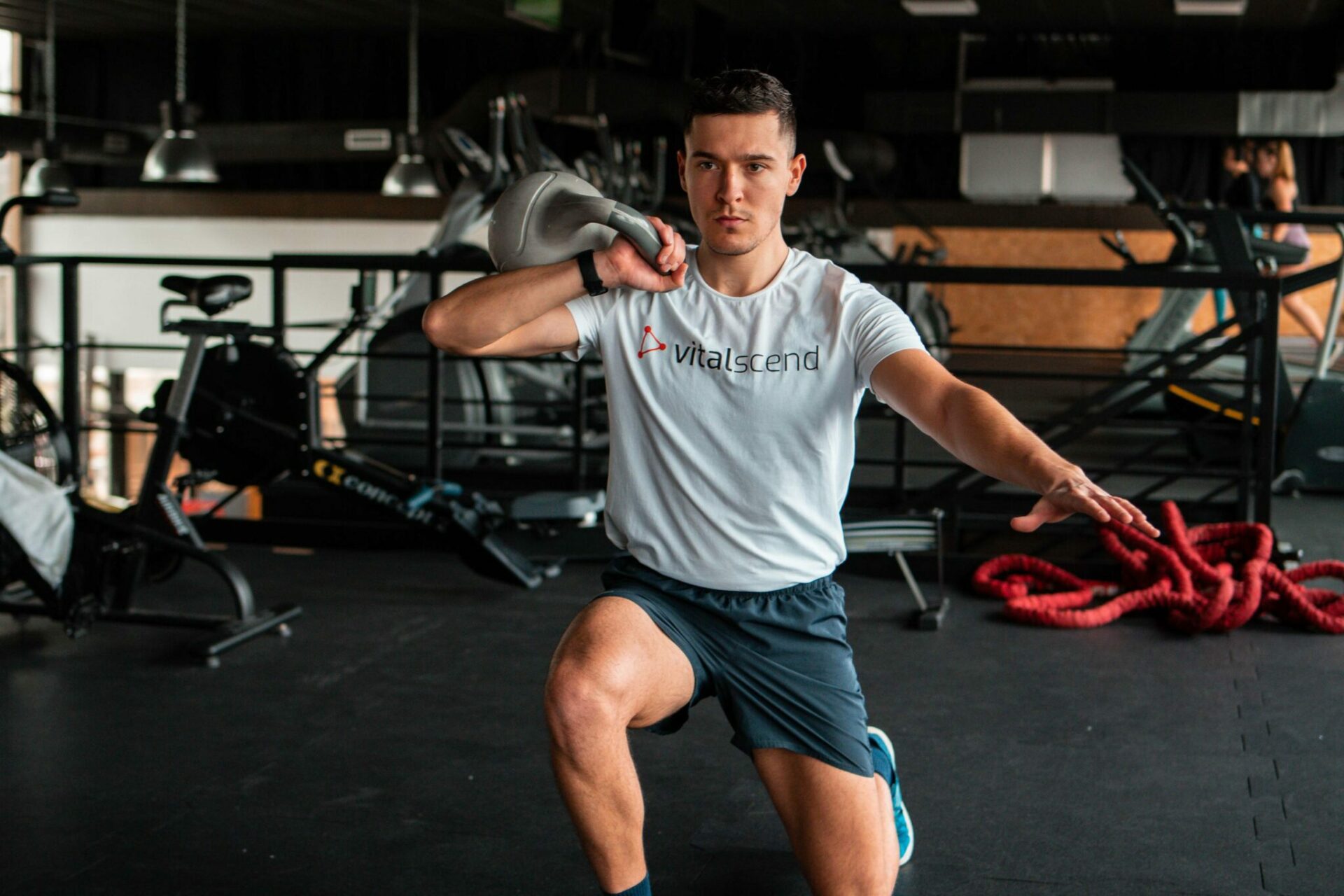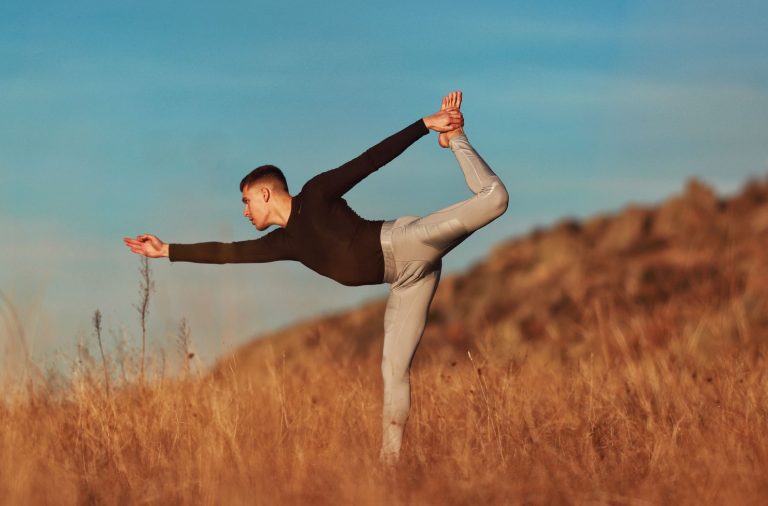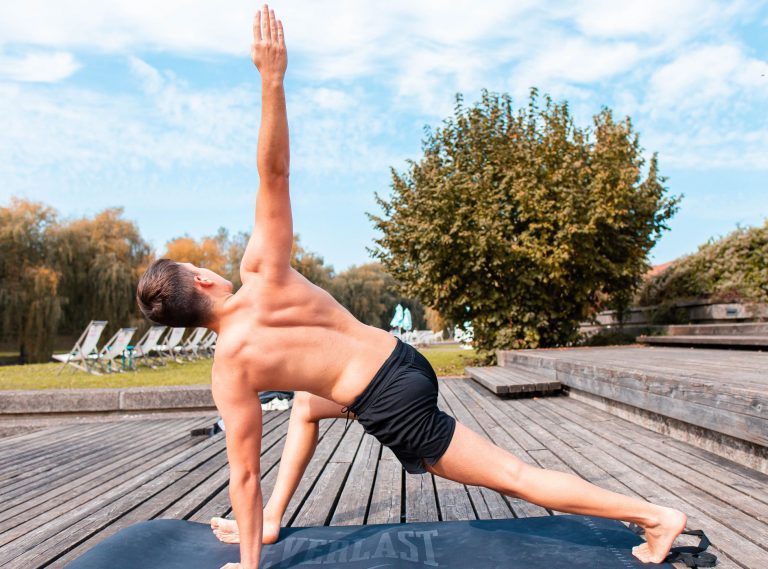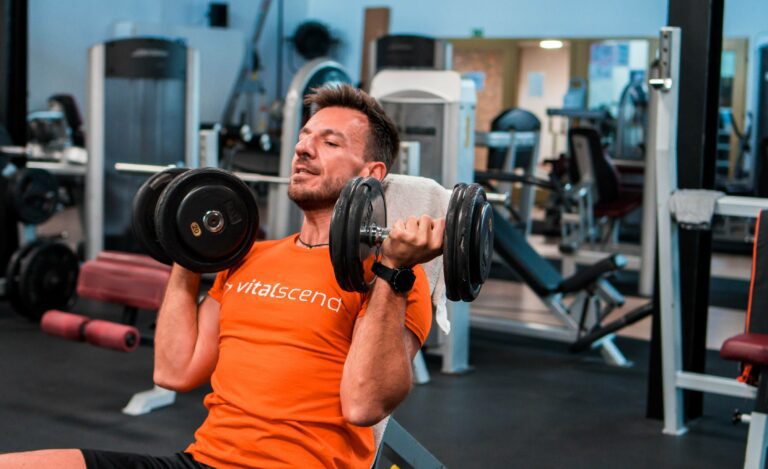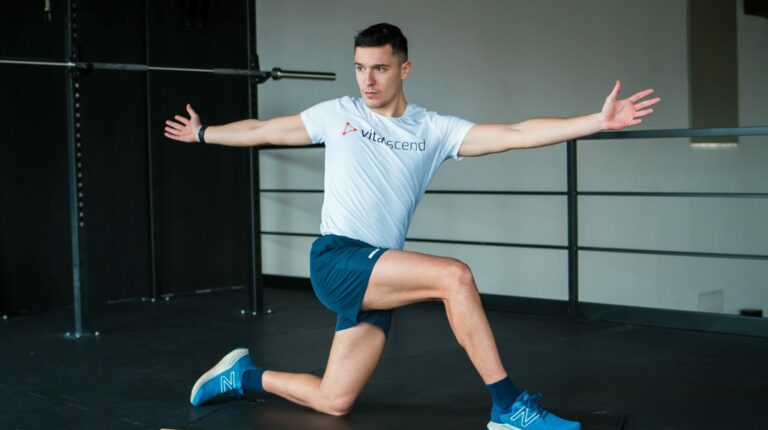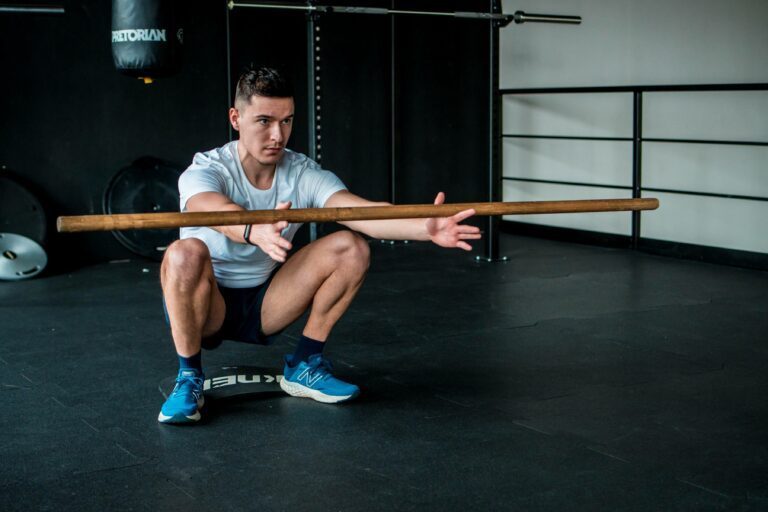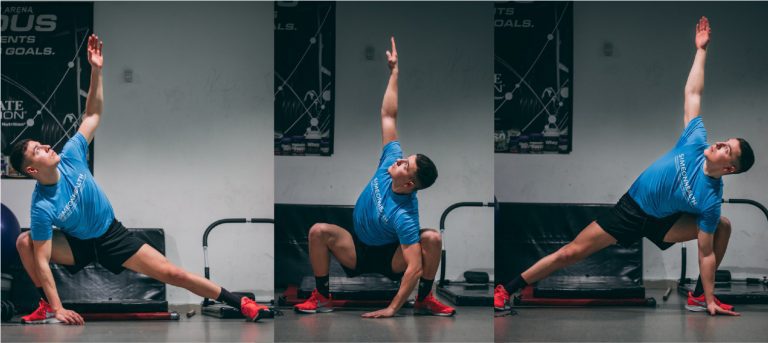Benefits of Mobility Training for Functional Movement, Health & Fitness
Functional movement is of great importance for staying active, vital, and mobile. Most of us live in an office box, chained to a desk for 8 hours. This increases neck tightness, causing anxiousness, poor focus, and headaches.
Immobility or reduced functionality comes when we don’t move enough. We haven’t stretched, squatted properly, or pushed overhead, so the body goes – meh, I don’t need this. It’s our choice to get up and move freely, we owe it to ourselves.
The benefits of mobility training extend far beyond the scope of your imagination. It can improve posture, reduce pain, lubricate our joints, and improve athletic performance. Whether it’s a 15 min warm-up session, or it’s taking 5 off at work to roll a massage ball on your traps, that’s on you.
Importance of Mobility
Being mobile is literally about moving better. Joints run smoother while movement is fluid and painless. Accessing deeper ranges of motion increases movement efficiency, meaning you can produce more force with less effort. Like an elastic band, you store and release elastic energy.
Enhancing your mobility enables you to jump higher, run faster, squat deeper, and deadlift more. If you’re not impressed, let me tell you that failing to do so deteriorates our physical health. Mobility sets the foundation for movement. It unlocks your ability to enter postures in a better way, to train your body.
It’s what you need to lift your kids up, open a heavy door, stabilize your core when the bus stops, or independently go to the toilet when you’re 100 years old. It’s the antidote to our “lack of movement” pandemic that makes us weak, overweight, and tight – causing immobility.
Fun Fact
Your body will never become more mobile or stronger than it needs to. You’re the one who needs to push the weight to become stronger, stretch the muscle to become more flexible, or squat deeper to become more mobile. It’s on you to request such adaptations.
Carving a Functional Human
Mobility equals movement. It’s a simple equation, the more you move, the more mobile you are.
Now there are specific movement patterns designed to enhance functionality. It’s when you position yourself in a squat, or extend your hands back overhead, or do a couple of controlled twists for thoracic mobility that you stimulate such adaptations.
As a more complex ability, mobility requires multi-joint stabilization, balance, and movement control. It’s not just a matter of stretching your muscles, although that’s a large portion of it as well.
Carving a more functional human isn’t only about becoming stronger. Or more flexible, or powerful for that matter. It’s about learning to combine the flexibility, strength, power, coordination, balance, and stability you have, to move effectively.
It ain’t a gym thing. We should continually move. Stand up on our desks, take the stairs instead of the elevator, take a hike on the weekend, or do a couple of squats and push-ups at work. Welcome to our health and wellness hub ladies and gentlemen, enjoy your read!
Why is it important to have good mobility and flexibility?
So you can correct your posture to sit and stand correctly. It’s also important for being active and mobile. Being able to squat deeper, extend overhead and do any sort of functional exercises necessary for strength and physical health, the right way. Oh, and let’s not forget injury and pain prevention as well.
When to do mobility training?
Mobility training is best done as a warm-up, pre-workout. It can also be a separate training for recovery days, where you don’t engage in any intense activity. If you’re an office worker with a sedentary job, taking active breaks in-between to do some stretching and mobility can be great.
Is mobility the same as flexibility?
Flexibility and mobility are not the same things. Flexibility is the length of your muscles, whereas mobility is your capacity to move your joints through their full range of motion. For the maintenance of healthy movement patterns, flexibility and mobility are both crucial.
Mobility vs. Flexibility
What’s the difference between mobility and flexibility, you might ask?
Well, flexibility is the ability of the muscle to lengthen or elongate. This means how much can your muscles stretch. For example, you can enter the splits or the squat but without mobility, you can’t really use the movement as you’re not strong and stable enough.
Mobility is the ability to combine flexibility, strength, coordination, and stability. It’s when you’re able to tense the elongated muscle, control the movement and stabilize. A more scientific answer would be – mobility is the functional range of motion in your joints you can access. Think of doing the squat, you need flexible enough muscles, but also stable joints and muscle strength for stability.
Flexibility is an essential component of mobility, but it’s one piece of the puzzle. Oftentimes hyperflexible people lack strength and stability, translating to weak movement control and poor posture.
Benefits of Mobility Training
1. Increases Functional ROM
Increasing the range of motion in your joints is the key goal of mobility training. Optimal mobility is what makes someone functional. In other words, functional ROM is the range of movement you own, you can stabilize and control.
Flexibility is a key component of mobility. Your muscles need to be long enough to reach certain postures. Although mobility isn’t just about stretching, all types like dynamic, active, and PNF stretches can be incorporated to gain mobility. (1)
Stretching reduces reflexes and increases stretch tolerance, so additionally we need strength to contract the elongated muscle. Plyometrics has been shown to improve hip flexion and extension ROM in male hurdles. (2)
Being able to move in higher ROM can help you grow more muscle. Compound movements using full ROM were more effective for hypertrophy. (3) Why is that important? Well, even if you don’t care about a Greek god physique, you should know that – lower muscle strength and ROM cause locomotion limitations, leading to poor functionality. (4)
Conclusion
Mobility training incorporates flexibility and strength exercises, which are its key components. It can improve the functional range of motion in our joints, which is the ROM we can own, use, and control. It’s about being stable and strong in a deep squat.
2. Improve Posture, Neck Stiffness, and Pain
As we age, we stop moving as much. Many of us are tied at a desk in our 20s, 30s, 40s, and up. This causes muscle stiffness, as we don’t squat, hinge, push, or pull enough. The two most common problems that arise from a desk life are:
Forward head posture
Anterior pelvic tilt
Forward head or forward shoulder posture – think kyphosis which causes neck pain (5)
This is due to shorter front muscles like the chest, shoulders, and abdominals, as well as upper trapezius and neck muscles (from too much sitting). On the back side, the muscles that keep us extended are too weak – such as are serratus anterior, lower trapezius, and deep neck flexors.
Anterior pelvic tilt – causing lower back pain, pressure, and tightness
This mainly occurs due to weaker gluteus, hamstrings, and abdominals which rotate the pelvis forward causing excessing spine curvature. The iliopsoas (hip flexor) and lower back muscles are very tight, keeping the APT and lower back pain on.
With mobility training, we work to stretch the tight muscles and strengthen the weaker ones. This enables us to enter an optimal posture. It’s important to set the foundation for proper posture, instead of trying to think to correctly sit or stand – as posture is mostly unconscious.
Science – Mobility in Office Workers
In office workers or people with neck pain, thoracic or cervical mobilization, or mobility exercises show a reduction in neck pain and disability. Additionally, it improved the thoracic and cervical spine range of motion and reduced the kyphosis angle. (6) (7) (8)
Most people stay away from a break at work to perform mobility because it cuts their working time. But what If I tell you that getting some blood flow in the brain, moving, and stretching actually makes you more productive?
It can lead to better verbal memory, visuomotor performance, and even speed. (9)
Being chained in an office, sitting and staring at a screen causes neck tightness. This expands to headaches, anxiety, stress, and neck pain. While short-term massage and manual therapy help, (10) the root of the problem can be solved through a specifically designed mobility protocol.
Conclusion
Mobility training can specifically target muscle deficits linked to poor posture. It strengthens the weak ones and lengthens the tight ones. This enables us to combat the most common problems like forward head posture (FHP) and anterior pelvic tilt (APT).
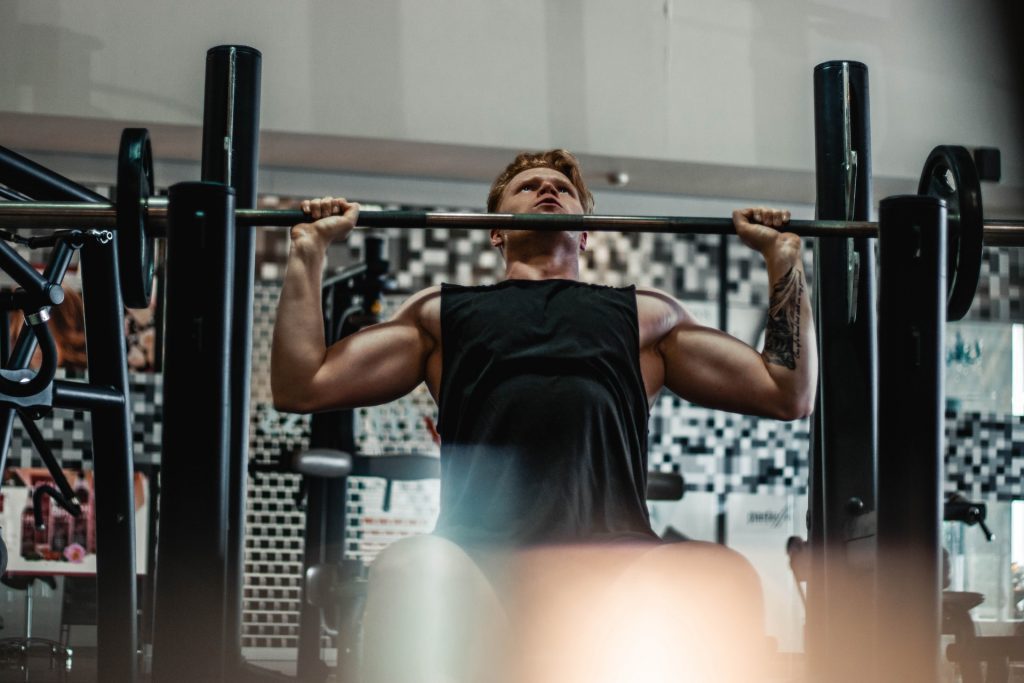
3. Improve Strength and Athletic Performance
While mobility is important for everyone, it’s a special category which athletes should optimize their training for. Optimal mobility helps you jump higher, run faster, squat deeper, and deadlift more.
It’s no wonder developed strength and conditioning coaches emphasize mobility so much. As a multi-joint, complex ability, mobility trains both coordination and stability – two key elements for a pro athlete. (11)
If your goal is optimal performance, you’ve probably heard not to stretch your muscles. This holds ground for long and passive stretches, which reduce reflexes and relax you. Not the best idea for an explosive, force-exerting session huh?
Science – Mobility for Athletes
However, active dynamic stretches can increase athletic performance. In 97 male rugby players, passive and static increased sprint time (which is bad) while active dynamic decreased it. (12)
Functional training, which incorporates compound movements can improve dynamic agility, balance, and aerobic performance more than a traditional one. (13) Needless to say, it also increases mobility, strength, and muscle power in older adults. (14)
Also, using a full range of motion is more beneficial for muscle growth and strength, as shown in this meta-analysis of 16 studies. Full ROM exercises additionally complement your mobility (and maintain it) and make you more functional. (15)
Conclusion
Mobility is a key element for improving athletic performance. It enhances speed, strength, power, dynamic agility, balance, and coordination. It makes athletes better, faster, stronger and adds to the functionality of older adults. It should be a crucial part of everyone’s warm-up, especially prior to strength training.
4. Injury and Pain Prevention
Having poor movement control, strength and tight muscles heavily contribute to injury rate. Most injuries occur due to our inability to control the movement, exert enough force, stabilize our body, or perform exercises with correct postures.
Do you now realize why is mobility so important? Literally, it helps with all 4 of the above. You swung a baseball with your kid, ran a bit too fast, or sprained your ankle from that basketball jump? In most cases, your body wasn’t ready to do it, since you don’t do it often enough.
Poor mobility leads to poor posture. When you squat down – if knees go inward you put pressure on the medial meniscus, if your heel lifts off, you can sprain your angle, if you posteriorly tilt the pelvis, lower back pressure increases.
So much so, that in 123 physically active adults having low-quality movement patterns lead to 7x higher injury risk. (16) You don’t need to be a kinesiologist like me to see that’s a lot.
Activity, exercise and just moving on their own are crucial to prevent disability and locomotion limitations. Balance and mobility can reduce the risk of falling and consequentially fractures, in older ages. (17) Those doing 3h + weekly activity along with balance and functional exercises had a 42% lower rate of falls. (18)
How about pain prevention?
A physical exercise program led to a reduction of pain intensity (knee, back, shoulder) from 4.98 to 2.89 – along with an increase in range of motion. (19)
inactivity leads to chronic pain. home delivered movement and weight loss programs lead to pain intensity reduction, better physical performance, and weight loss. (20)
Conclusion
Mobility training can reduce pain as it allows the body to position itself in a correct posture. This reduces pressure on the joints, leading to less pain. Better stability and control reduce the risk of falling and prevent injuries.
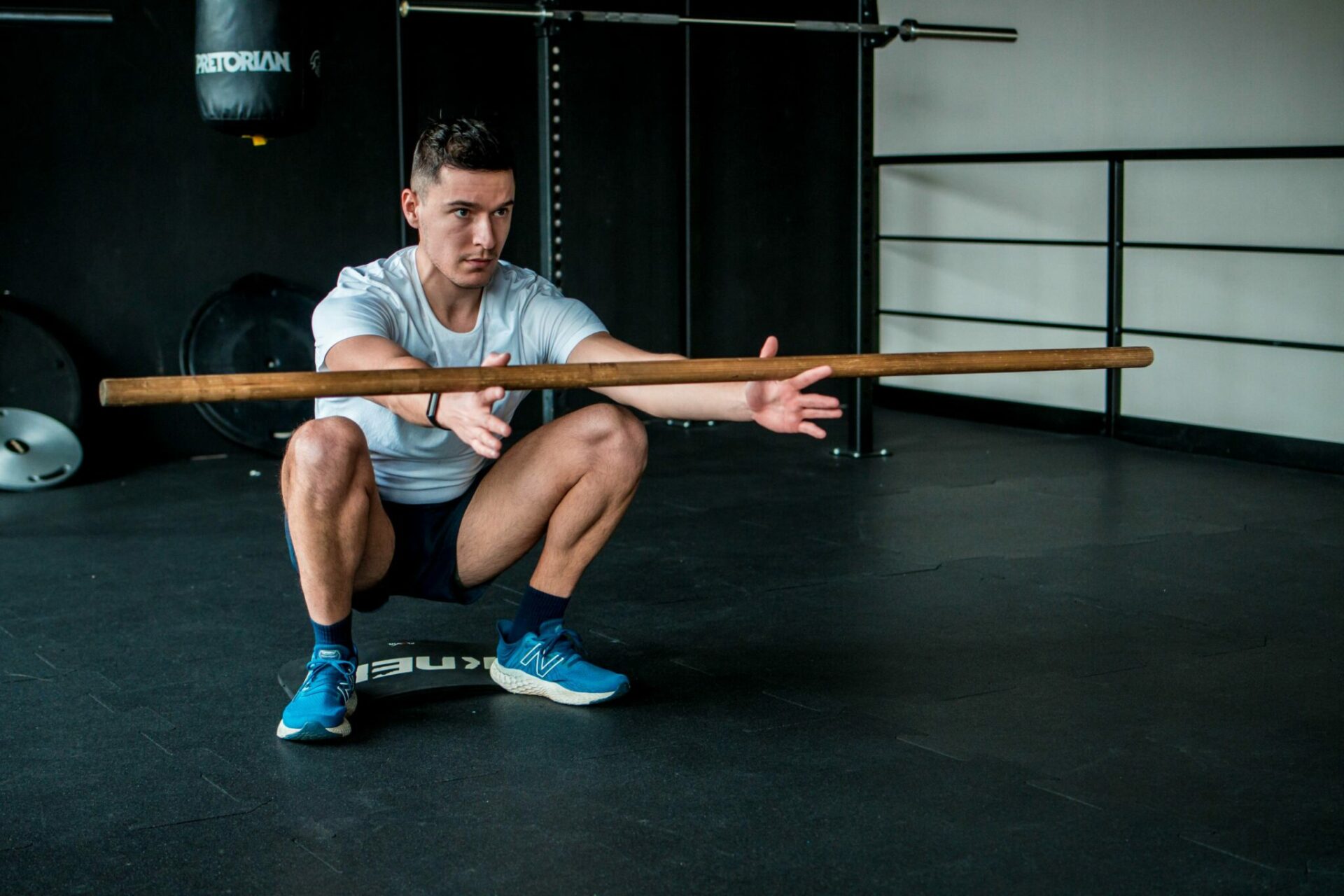
5. Joint Health and Lubrication
When we move, we continually put slight pressure on the joints. This is good as it makes nutrients cycle through. When we stop moving, our joints are dehydrated and sheer pressure is increased. Movement promotes synovial fluid production, which acts as a lubricant for the joints. (21) (22)
See, the cartilage between the joints works as a shock absorber. Immobility leads to being overweight, which puts extra pressure, wearing the joints down. Cartilage damage can also happen with extreme activities or pushing heavy weights, to which we aren’t adapted yet. The more the muscle can take, the less the joint will.
Immobility makes us unable to sustain basic mechanical overload and increases inflammation – two factors that contribute to osteoarthritis. On the contrary, exercise prevents cartilage degradation, improves bone density, and reduces inflammation. (23)
A massive analysis looking at 6,000 people of different ages using the Flexitest concluded that the joints we don’t use over time lose function and have a reduced range of motion. (24)
Conclusion
Movement is beneficial for the joints as it stimulates synovial fluid, increases circulation, and reduces inflammation. Strength exercise increases bone density and muscle strength, leading to less pressure on the joints during everyday activities.
When to Train for Mobility?
You need to understand that mobility is a prerequisite for a healthy body. It’s needed for proper strength training and athletic performance. It’s not a choice, but it’s a fundamental piece.
2x Weekly; Individual Training
15-Minute Warm-Up Pre-Workout
5-10 Min Active Work Break
2x Weekly, as Individual Training
Most people will benefit from a specific, mobility-focused routine lasting 40-60 minutes. In an optimal case scenario, we’d repeat this kind of training twice a week focusing mainly on complex movement patterns like squat, hinge, and overhead press.
15-Minute Warm-Up Pre-Workout
The most practical way to incorporate mobility training is 15 minutes prior to your training. Whether you run, lift weights, or climb rocks, you can take 15 min pre-workout to warm up through mobility-specific drills.
5-10 Min Active Work Break
If the last option isn’t possible, most will still profit from taking 10 minutes at work, to get up and move. To massage traps with a massage ball, do a couple of squats, short stretches, push a stick overhead, do some core stability, etc.
Conclusion
- Mobility is a complex, multi-joint ability that combines flexibility, stability, balance, strength, and coordination. To improve mobility, we need to literally sit less and move more.
- The main goal of mobility training is to increase the functional range of motion of our joints and muscles. It allows us to use the depth of the movement we generate – be strong in the lower portion of your squat.
- Increasing mobility makes us more functional, allowing us to control our bodies, improve posture and move painlessly. It improves athletic performance, helping us jump higher, squat deeper, and run faster.
- Optimal mobility can reduce injury incidence as we can correctly position our bodies. Plus it reduces the risk of falls, due to improved balance, stability, and control
- Mobility can help reduce neck stiffness, pain, and tension in the upper back originating from a hunched forward-desk posture. This can improve headaches, productivity, and posture.
- The most practical way to start improving your mobility is to engage in 2-3 weekly, mobility-specific 15-minute sessions, pre-workout during your warm-up routine.

